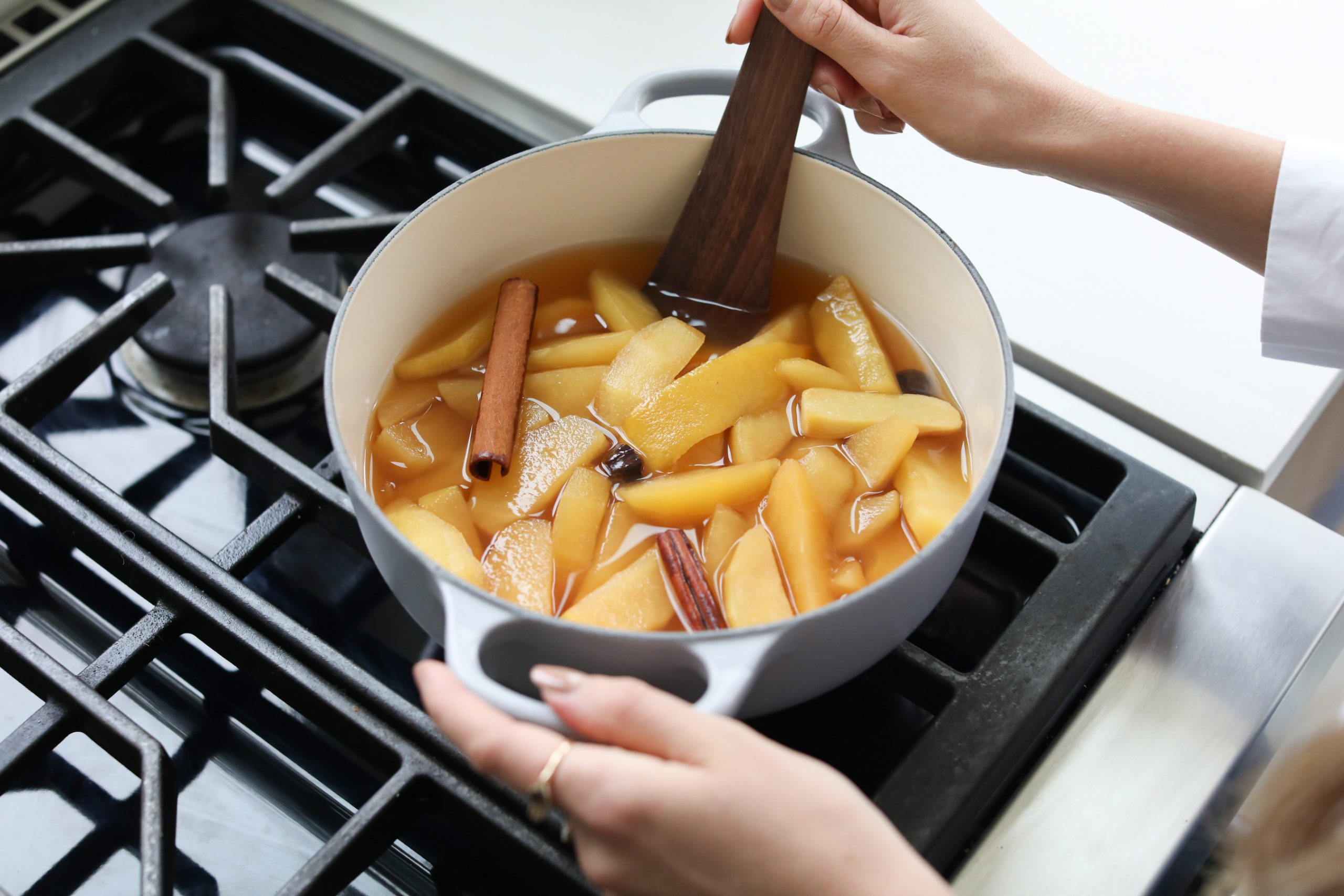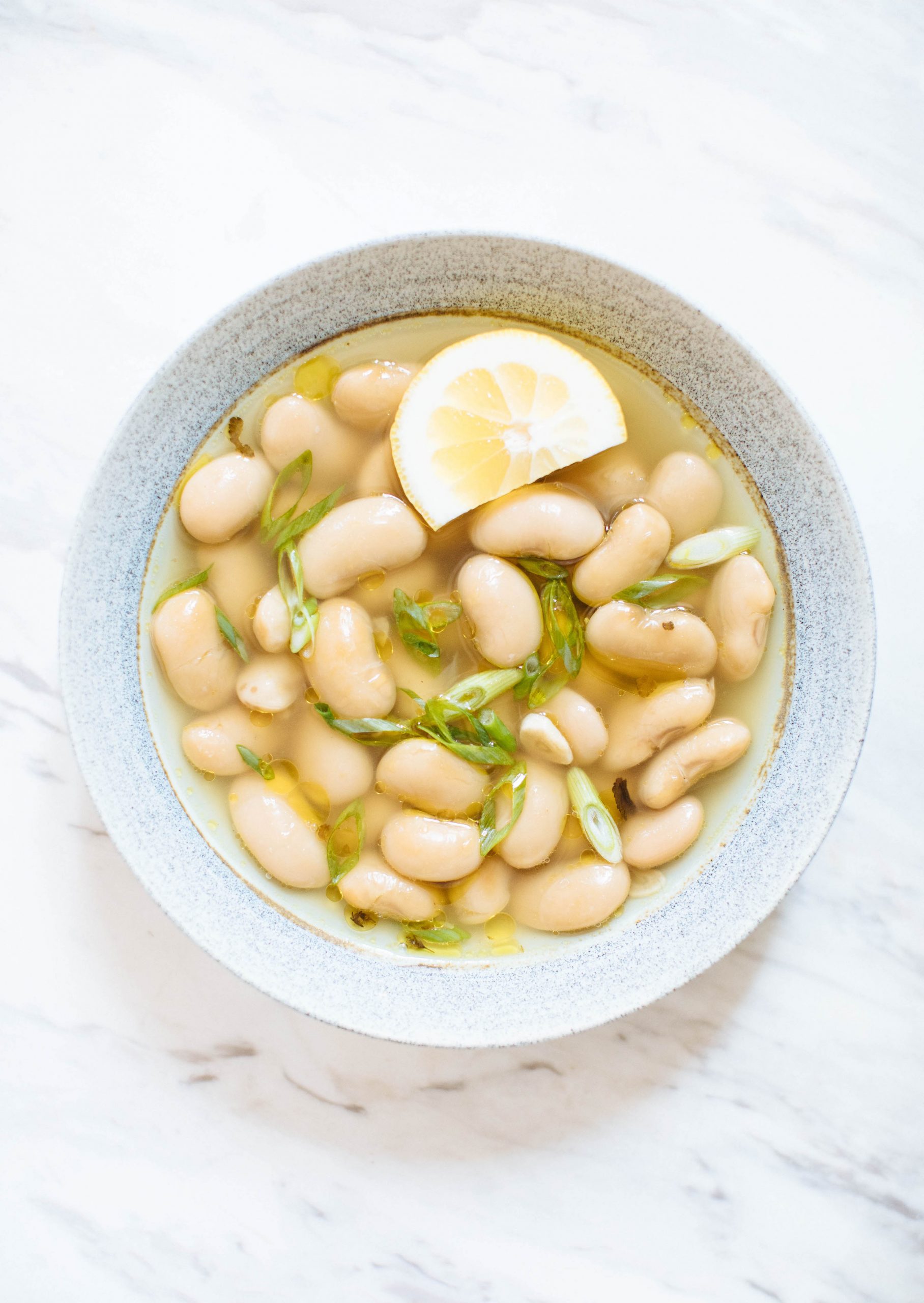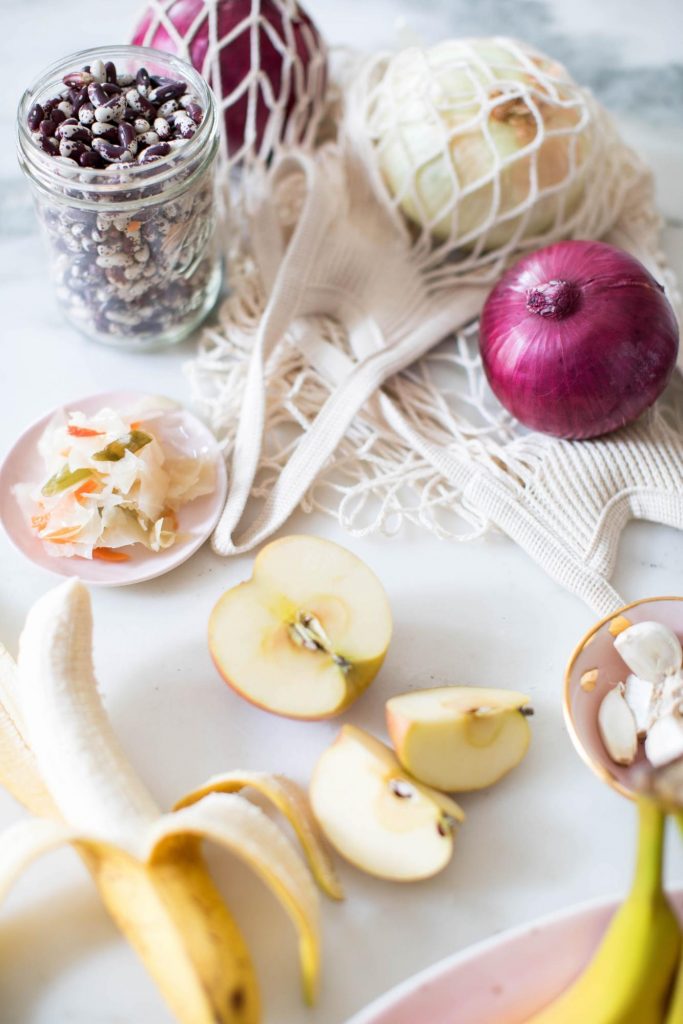At this point, we’ve all heard of probiotics and their phenomenal benefits, but what about prebiotics? Keep reading to learn all about the fuel that probiotics need to survive and thrive in the gut microbiome.
Probiotics are your gut’s best defense in the world of the microbiome. They’re the “good” bacteria that fight off inflammation and disease and boost your immunity. But have you heard of prebiotics?
Today, I’m breaking down the correlation between prebiotics and probiotics. After reading, you’ll fully understand the role prebiotics play and how to use them to your advantage.
What Are Prebiotics?
Prebiotics are non-digestible fiber compounds or carbohydrates that help feed the probiotics and help them grow. Think of them as the water and sunlight flowers and plants need to flourish. Prebiotics help probiotics do their job and do it well. They’re the fuel probiotics need to build and maintain a healthy gut microbiome.
So let’s walk through exactly how they do just that.
Because prebiotic food sources contain starchy carbohydrates with large amounts of fiber, they aren’t fully broken down right away. Therefore when they finally reach the colon, they become fermented by the gut microbiome (or those probiotics that are present). This is where the magic happens!
How Prebiotics Work With Probiotics to Benefit Health
It takes a village to keep your gut healthy and help it carry out its many important bodily functions. From sleep and digestion to weight management, a healthy gut plays a role in it all.
Over time, research has shown us that probiotics have been proven to help prevent age-related diseases. And now a new body of research tells us that getting enough prebiotics in your diet is just as important as getting those probiotics (1).
Therefore, prebiotics must be consumed and prioritized just as much as those probiotics. Here are some specific ways prebiotics and probiotics work together to improve your overall health!

1. Improve Sleep and Reduces Stress
Studies show that the microbiome influences your circadian rhythm or your body’s internal clock. Therefore, a diet rich in both pre and probiotics may help improve the quality of your sleep (2).
And because your mood is directly linked to your gut health as well, prebiotics also work to help reduce stress and relieve depression and anxiety symptoms, which ultimately affect your sleep patterns (3).
2. Regulate Hunger Hormones
Just as they sound, hunger hormones let us know when it’s time to eat something because the body needs energy. Like a bad chain reaction, lack of sleep actually causes the hunger hormone, ghrelin, to send signals to your brain that you need to eat more food and to stop using residual energy (4). This leads to the unintentional storage of energy.
Consuming prebiotic and probiotic-rich foods contributes to a good night’s sleep, s0 you can prevent this chain reaction. Incorporating more fiber-rich prebiotic foods can also help you feel fuller longer and keep your blood sugar levels stabilized, which prevents spikes and drops in blood sugar. Spikes and drops in blood sugar lead to spikes and drops in your hunger hormones as well.
4. Protect Your Bones
Prebiotic foods are excellent sources of magnesium, which has been shown to help improve your bone health. Additionally, emerging research shows that probiotics, like Bifidobacterium longum, may help improve bone density, reduce bone loss and increase bone formation (5).
Therefore when you combine prebiotic and probiotic foods in your diet, you’re not only safeguarding your digestive health but your bones and joints, too!
Prebiotics Keep The Gut Microbiome Balanced
Let’s say you haven’t been getting enough sleep and haven’t been eating a prebiotic-rich diet. Or maybe you’ve been extremely stressed or taking an antibiotic to treat an infection. Over time, these factors on their own or when combined can create an imbalance between the “good” and “bad” bacteria in your gut.
Those “good” bacteria, or probiotics, start to decline. You might experience gastrointestinal issues, like constipation, diarrhea, bloating, or indigestion.
So now what do we do? Because we know just how vital prebiotics are in the building and maintenance of probiotics, we can use them to build back up the integrity of that gut microbiome, and repopulate those healthy probiotics.
The Different Types of Prebiotics
Generally speaking, there are four different types of prebiotics that you may find in your food. Fructans, galactooligosaccharides, starch/glucose-derived oligosaccharides, and non-carbohydrate oligosaccharides.
The most common kind of prebiotic is the oligosaccharide. If you ever find yourself with an imbalanced gut microbiome, or simply wanting to mindfully increase prebiotic intake, here are some great examples of probiotic and prebiotic-rich food combinations for you to try.
Greek Yogurt & Banana
The probiotics most commonly found in Greek yogurt are Lactobacillus bulgaricus and Streptococcus thermophilus. When the fiber and carbohydrates in a banana reach your colon, they become fermented by your gut and turn into prebiotics. The prebiotics fuel the good bacteria — the Lactobacillus bulgaricus and Streptococcus thremophilus — so they grow and bring balance to the microbiome.
Lactobacillus bulgaricus is particularly great for relieving digestive issues, including lactose intolerance, constipation, nausea, leaky gut syndrome, and diarrhea (6).
Sauteed Tempeh & Artichokes
Studies have shown that soy-based tempeh helps promote the growth of Bifidobacterium, a type of probiotic that boosts immunity and fights disease. Together with the prebiotic oligosaccharides present in artichokes, Bifidobacterium can help reduce the number of pathogenic bacteria in the gut, such as E.coli and enterococci. (7)
Sourdough Toast, Cashew Cheese & Sauteed Asparagus
You’ll mostly find fermented buckwheat in sourdough bread. Fermented buckwheat has been shown to help deliver good bacteria to the gut microbiome. For example, a 2013 study found that when the buckwheat and oat bran were combined with probiotic-enriched milk, the good bacteria were enhanced and their survival rate improved (8).
Enjoy some sourdough toast with a creamy chive cashew cheese and some sauteed asparagus. The prebiotic fiber from asparagus will help carry over good bacteria from the buckwheat in sourdough bread to your gut!
Grain Bowls with Pickled Veggies
Saurkraut, kimchi, pickles, and other pickled veggies are great sources of probiotics. By adding pickled veggies to your grain bowls, you reap the benefits of both probiotics and prebiotics. The fiber-rich vegetables and whole grains in your bowl offer prebiotics that support and promote the probiotics in pickles, kimchi, and other pickled veggies.

The Takeaway
Prebiotics and probiotics work together to give your gut microbiome the love it deserves. If you’re experiencing some slight digestive discomfort, slowly but surely increasing your intake of prebiotic foods is a great place to start!
With that said, always know that a professional is the best next step if you find that your symptoms persist over time. You can work with a Registered Dietitian to ensure you’re maintaining a balanced diet that allows for your individual digestion to thrive.
Do you find yourself feeling stressed about food?
Sign up to watch my free masterclass today, where you’ll learn about the #1 Habit That Keeps You Struggling With Your Weight and your Relationship With Food — And How To Break Free From The Diet And Food Obsession Starting Now.
You don’t need to stress and obsess about food. There is a better way, and yes it’s possible to cultivate a positive relationship with food! Join this free balanced eating masterclass to learn how.
Watch The Free Masterclass
The post What Are Prebiotics’ Health Benefits And Food Sources? appeared first on Nutrition Stripped®.
McKel (Hill) Kooienga
Comments
Post a Comment